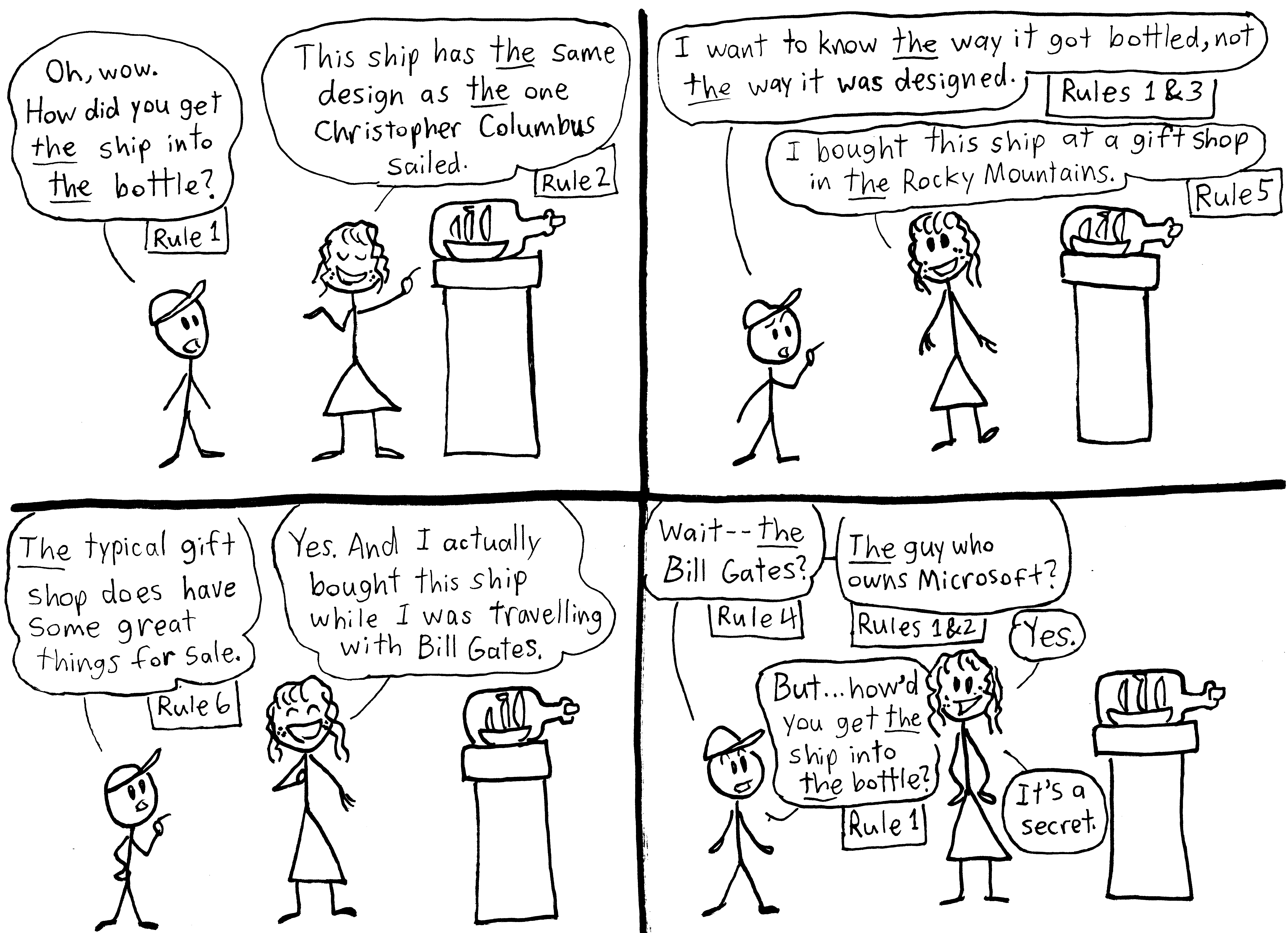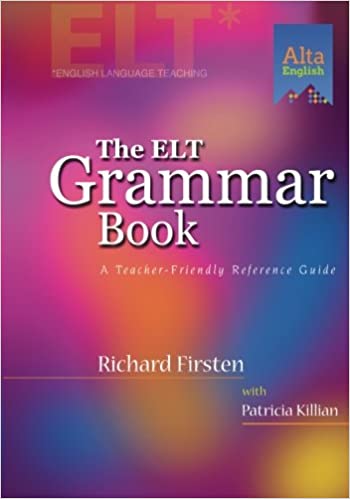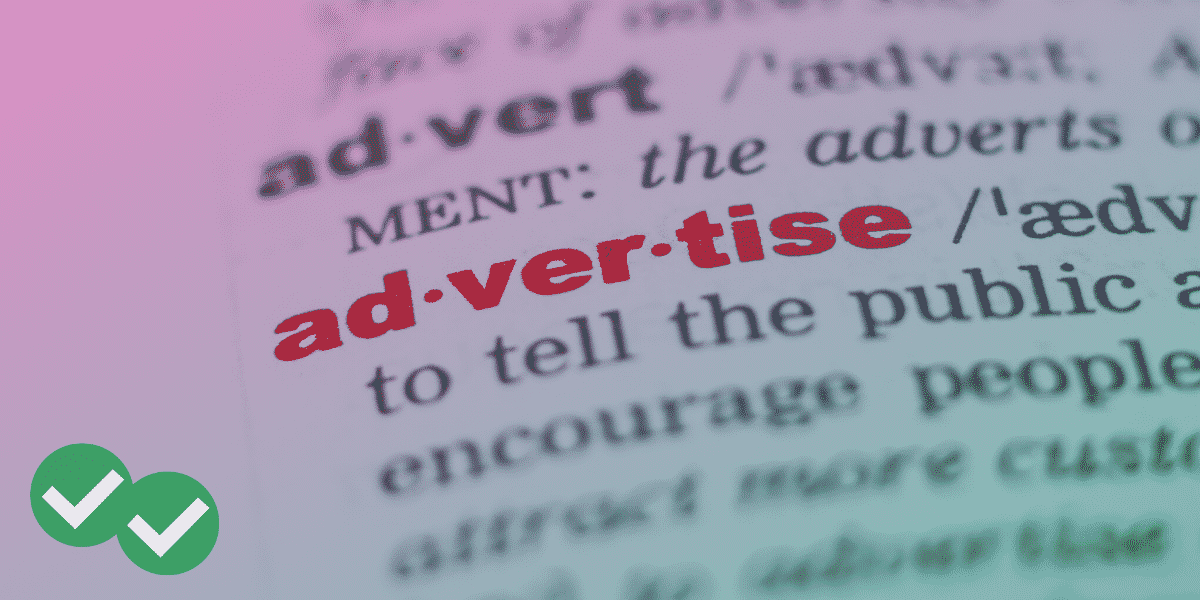“The,” as you know, is a very common word in the English language. And this word is a wonder to behold! How can one tiny word be everywhere? And how can using this one tiny word be so tricky ?
“The” belongs to a special group of words known as “articles” or “determiners.” (The Magoosh TOEFL Blog prefers the term “article.”) There are six basic rules for the use of “the.” Let’s take a look at how they work.
The 6 Rules of “The”
Rule 1: “The” can refer to a specific thing that two people in a conversation know about.
- Examples:
- Please give me the screwdriver at the end of the table.
- Don’t the French fries at the restaurant we went to taste great?
Rule 2: “The” refers to a noun that is unique. Any noun labeled by “the” is special, and not just one of many of the same things.
- Examples:
- Justin Trudeau is the prime minister of Canada.
- The smallest bone in your body is inside your ear.
Rule 3: “The” shows the difference between two or more things that are similar, but not exactly the same.
- Examples:
- At the apple orchard, the rotten apples are thrown away. The good apples are sold to customers.
- Go to the house on the left, not the house in the middle or the house on the right.
Rule 4: “The,” can emphasize or draw attention to a noun, showing that it is very special, important, famous, etc…
- Examples:
- You’re having lunch with Angelina Jolie? The Angelina Jolie who is a movie star?
- This is Main Street. It’s the Main Street, the street I grew up on.
Rule 5: This rule is kind of hard, so read carefully.
“The” is used with the names of some places, and locations. Use “the” ONLY when both of the following are true about the name of a location or place:
A) The name contains two or more words, and one word is a noun.
B) The noun in the name would be a common noun (a noun that is not a name and is not capitalized) if it were alone. For example, the United States is a country name. “United” is an adjective. “States” is a noun. “States,” when used alone, is a common noun, and not the name of something specific.
- Examples:
- Ireland declared independence from the United Kingdom.
- The Mississippi River runs through New Orleans. (Notice that “Orleans” is a name, and would not be a common noun on its own; moreover, “New” is an adjective on its own, rather than a noun. “River” is a common noun, however. So, “Mississippi River” has “the”, and “New Orleans” doesn’t.)
- The Rocky Mountains are a long mountain range stretching from Canada into the United States.
- The 63 Building is a very tall building in Seoul, South Korea.
It gets more difficult. Rule 5 has some exceptions, times when this rule is not followed. Read on:
- Exception 1: A few specific place names have “the” even though the location name does not follow the rule.
- Exception 1 example:
The Hague is a city in the Netherlands.
- Exception 1 example:
- Exception 2: Proper nouns for a few kinds of buildings break Rule 5. City districts with the common noun “row” as the main word do not have “the.” Notable for TOEFL test-takers, buildings with the word “hall” in them (a common kind of university campus building) also break this rule. So do the names of schools.
- Exception 2 examples:
Skid Row in Los Angeles is a very poor neighborhood.
After I graduated Memorial High School, I was accepted into Beloit College.
Mark Zuckerberg, the creator of Facebook, went to Harvard University.
I live in a student housing building on campus. My building is Horan Hall.
- Exception 2 examples:
Rule 6: Sometimes a “the” plus a singular noun is used as an example of a bigger group of things. “The car” can refer to all cars, “the typical student” can refer to all students, and so on. You can also use a plural noun or a singular noun with determiner “a” or “an” to convey the exact same meaning.
- Examples:
- The skunk is a small animal with black and white fur.
- Skunks can spray a powerful, unpleasant smell at people. (Plural noun instead of singular noun with “the.”)
- A skunk should be avoided at all costs. (“Singular noun with “a” instead of “the.”)
All these rules can seem a little scary. But they’re worth remembering. “The” is a small but important word. Get comfortable with these rules, and you’ll make far fewer mistake in your TOEFL writing and speaking. Below is a simple comic strip that can help you memorize all 6 rules.






